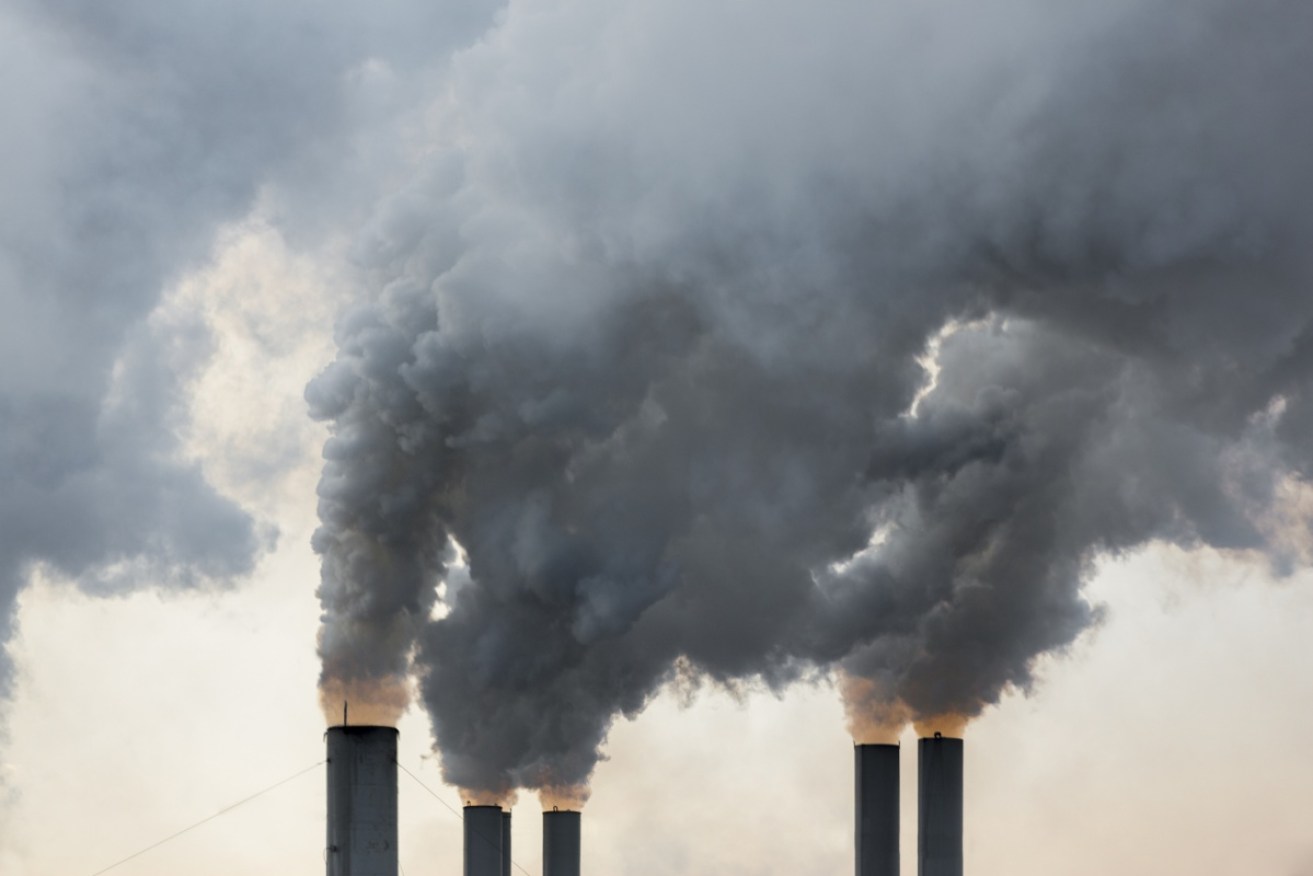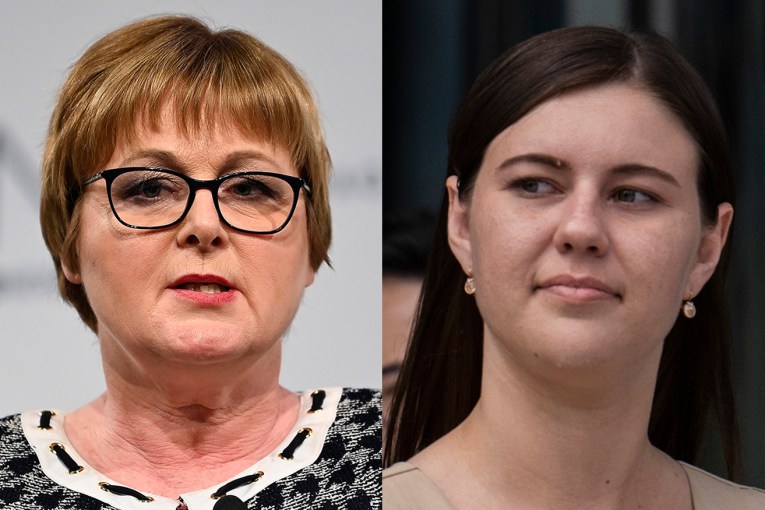BHP proves it’s time to take ‘coal’ out of the Coalition


Promoting coal power is now an argument against both technology and economics. Photo: Getty
Two developments this week should – but probably won’t – end the Coalition’s obsession with propping up coal-fired power generation in Australia.
Firstly, Toyota has flagged a new wave of electricity-hungry vehicles by promising to electrify every model in its range by 2025.
Secondly, mining giant BHP released a report explaining why it can no longer support industry groups that put coal power sources ahead of other sources regardless of the economics.
Both announcements are more complicated than they look, so let’s start with the demand side.
When Toyota promises to ‘electrify’ all of its models, it means it will offer electrified options for those customers who want to move away from petrol or diesel.
Those choices will include all-electric vehicles, hybrid petrol/electric vehicles, ‘ranger extenders’ that use a petrol generator to increase battery life, and even fuel cell technology that produces a flow of electrons by slowly combining hydrogen and oxygen.
Toyota says half its sales by 2030 will be electrified, and hopes to reduce carbon emissions in its new vehicles by 90 per cent, based on 2010 levels, by 2050.
Any way you slice it, that means motorists are going to start demanding more electricity.
Supplying the electrons
Firms whose main profits flow from thermal coal would love to supply that electricity, but BHP is not such a company – a fifth of its turnover comes from coal, but mostly the kind used for steel production rather than power generation.
That has allowed it to take a ‘fuel neutral’ view of energy markets.
On Tuesday BHP released a report that takes a number of industry lobby groups to task for backing coal regardless of the economic or climate-change implications.
It has ended its membership of the World Coal Association (WCA) on the grounds that the WCA “supported abandoning the proposed Australian Clean Energy Target because in their view abandoning the Clean Energy Target would improve the investment climate for HELE [high efficiency, low emissions coal] generation”.
By contrast, BHP said it believes “energy markets should not artificially favour one type of technology over another”.
“We also believe governments should focus on setting policies to facilitate efficient markets. Government intervention in resources and energy markets should only be in response to a demonstrated market failure, and informed by cost-benefit analysis.”
So let’s unpack that statement in the Australian context.
The Australian government has committed to addressing the colossal global market failure known as ‘anthropogenic climate change’ by meeting emission reduction targets agreed to under the Paris Agreement.
To work out how to do that, it asked chief scientist Alan Finkel to work with top economists to find the best way to transform energy grids with least cost and disruption.
The answer in the Finkel report was clear: the best way to transition to a low-emissions future is to accelerate that transition, just a bit, via the Clean Energy Target (CET).
But that recommendation was the only one of 50 listed in the Finkel report rejected by the Turnbull government.
The Finkel report also pointed out the cheapest new-build energy source in Australia is wind power, backed up with gas generation.
That point has since been driven home by AGL’s plan to build a ‘virtual baseload’ power source, involving wind and gas power, to replace the old Liddell coal power station that the government had been begging it to keep open.
Finkel also noted: “The best gas-fired generation is less than half as emissions intensive than even the most efficient coal-fired plant, including ultra-super-critical coal generation, which is referred to as high efficiency, low emissions (HELE) generation.”
It added: “To compete with new gas-fired generation from the emissions point of view, new HELE generation would need to be fitted with carbon capture and storage [CCS].”
Fitting CCS technology is very expensive, which is one reason the report noted that CCS “is unlikely to play a significant role in reducing Australia’s electricity sector emissions in time to meet our 2030 Paris Agreement commitments”.
This is what makes the government’s recent actions in relation to coal so disgraceful.
It knows that a technological revolution is happening that will increase the use of electricity, which will accelerate the need to shift away from polluting sources of generation.
But instead of moving with these unstoppable forces, it is championing HELE coal generation and carbon capture and storage, junking its own review’s market mechanism for cutting emissions at the least cost, and begging AGL to keep open a 50-year-old coal power plant.
It could hardly get its policies more back-to-front if it tried.








